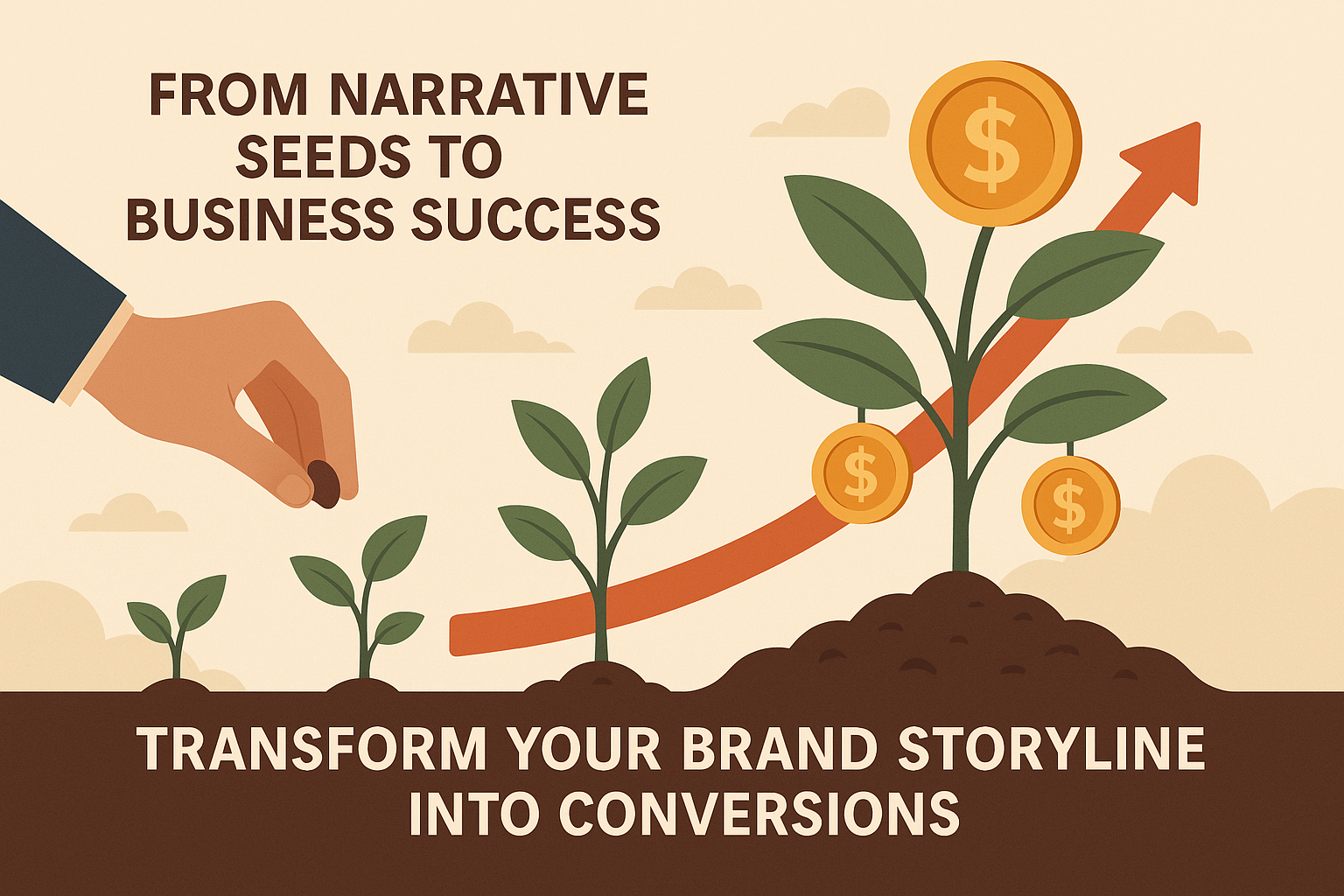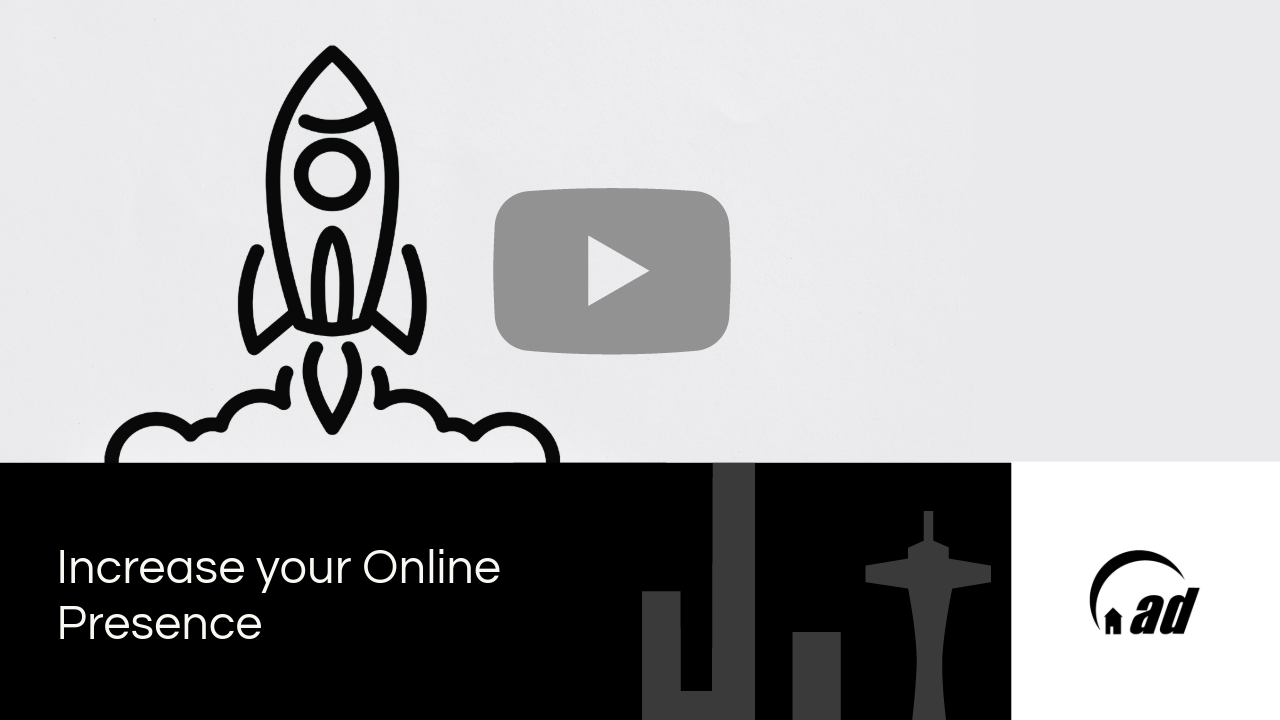Alec Allshouse is an artist, musician, and the founder of Allshouse Designs, a website management business that has designed, built, and promoted websites for small service-type companies since 2012. Since 1998, Alec has written many lines of code and has managed over 200+ websites.
Where Can I Design A Website For My Business?
There are many places where you can design a website for your business. Some popular options include:
- Wix is ideal for beginners. The drag-and-drop interface makes page editing a breeze. Meanwhile, there are numerous pre-made templates to select from. The Wix App Market also allows you to add many features to your website as you would with WordPress plugins.
- Squarespace has excellent templates, hosting, a drag-and-drop interface, and support that lend themselves to a user-friendly interface. The downside is that this proprietary platform only allows users to export their data elsewhere. Without experience and minimal effort, your website will be up and running quickly! From websites and blogs to e-commerce stores, Squarespace offers much in the way of novice freedom.
- WordPress is by far the most well-known CMS platform, powering nearly 43% of all Internet websites. It is a free, open-source CMS that found its origins through blogging. It offers much flexibility, allowing businesses to function as auction sites, online stores, or membership-only sites. The block editor is the easiest to use in the industry, and you can monetize the website in any way you see fit.
- Shopify is a popular e-commerce platform that creates online stores with little flexibility.
Once you have chosen a platform, you will need to create a website that meets the needs of your business. The requirements include the following:
- Selecting a domain name
- Hosting
- Creating a website design
- Adding content to your website
If you need help with how to design a website, many resources available online can help you. You can also hire a web designer from Allshouse Designs to create and manage a website for your business.
Website Management Packages
Basic
The basic package is perfect for businesses with an existing website built with content management systems like WordPress.
Standard
The standard package is our most popular service. The approach is to build a strong digital footprint for your business.
Premium
Premium is our top level of service. It is the package that builds the most dominant digital footprint to stomp out your competition.
Here are some tips for designing a website for your perfect business:
- Choose a domain name (URL) that is memorable and relevant to your business.
- Create a website design that is professional and easy to navigate.
- Add content to your website that is relevant to your company and will attract visitors.
- Make sure your website is mobile-friendly.
- Promote your website on social media and other channels.
What else do you need to know?
A website can assist in the sales process. Here are two of the most important:
- Provide information about your products and services. Your website should be a comprehensive resource for potential customers, providing them with all the information they would need to decide whether or not to buy from you. An essential website includes a company logo, a call to action, product descriptions, pricing information, images, videos, social links, business information, contact information, and customer testimonials.
- Build trust and credibility. A professional website can help you establish yourself as a credible business. It can also help you build trust with potential customers by providing them with information about your company, products and services, and customer service contacts.
In addition to these benefits, a website can also help you with the following:
- Reach a global audience. With a website, you can reach potential customers all over the world. Expanding your business beyond your local area can be a massive advantage.
- Track your website traffic. A website can help you track your marketing efforts to see what's working and what's not. This information can be invaluable for making informed decisions about your business.
- Automate tasks. A number of functions can be automated with a website, such as order processing, customer support, and more. In the long run, automated tasks will save you time and money and help you run your business more efficiently.
So What Is A CMS?
Content management systems, or CMS for short, allow business owners from all backgrounds to run and manage their websites. Without special technical knowledge or skills, content is easily modified through popular CMS platforms. The easiest way to describe content management systems is to refer to them as website-building tools requiring zero coding knowledge.
How Does It All Work?
Content management systems eliminate the need to understand HTML, CSS, Javascript, and all the other coding languages it takes to build a website in the digital world. Using popular systems such as WordPress, business owners can set off to type up their content in a user-friendly environment. To add interest to your pages, such as images, you can access an image library on a CMS platform instead of having another piece of software or looking around in stock photo farms.
Not just a backend management interface, these platforms will allow you to publish your website exactly as you want users to see it. CMS has two parts: the CMA, or content management application that helps you add and manage your content, and the CDA, or content delivery application that works behind the scenes to store and publish the content created for visitors.
What If I Get Stuck?
If you're stuck and need more time or energy to design your site using CMS, we can help you at Allshouse Designs! We work with clients to build, design, and manage their online presence using popular CMS platforms. Most importantly, even if you started building your site but feel overwhelmed, we can continue your efforts and help you see it to the finish.
In conclusion
You need to know what you want. You need to have a super clear vision of the kind of site you're looking for. You need to articulate that vision in a way that allows you to communicate it to your potential clients. And you need to understand the different elements of a website—from the layout to the content to the overall user experience.
About the Author
Share
Tips & Updates









